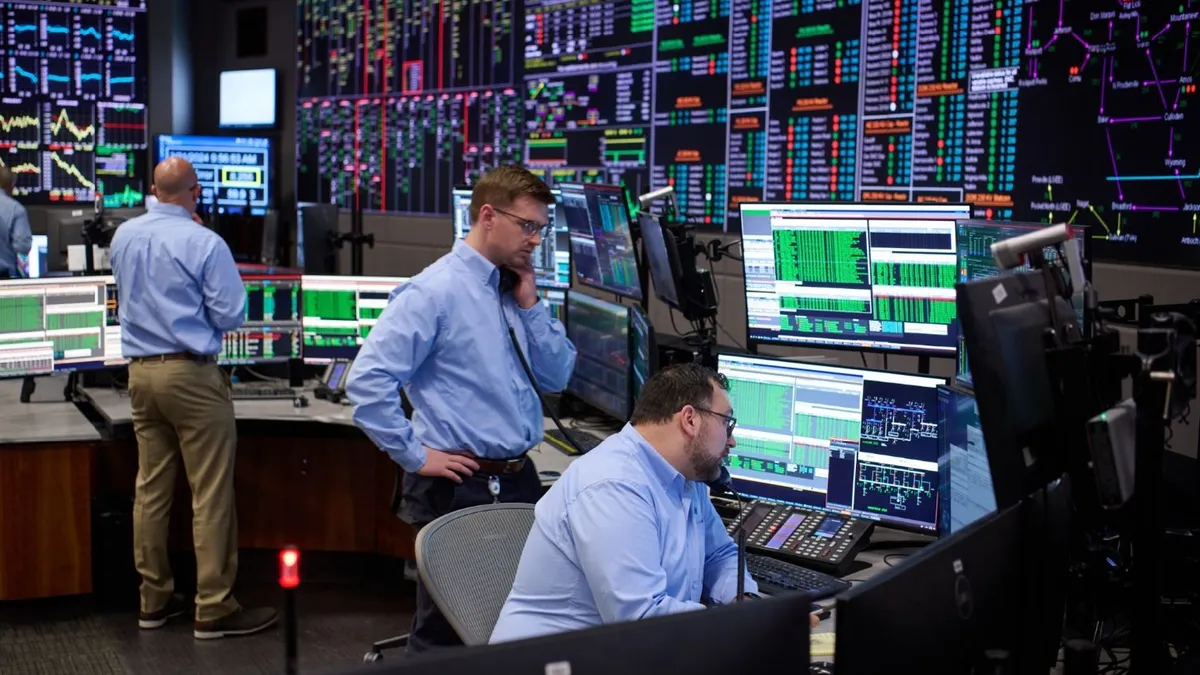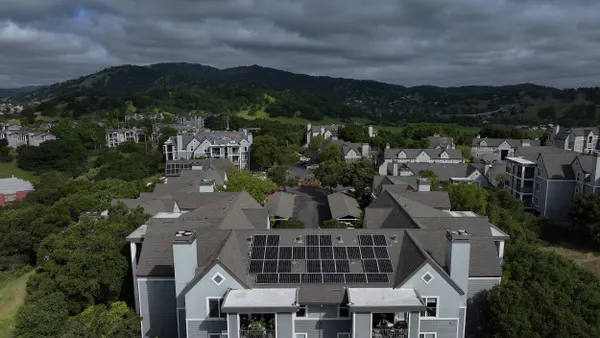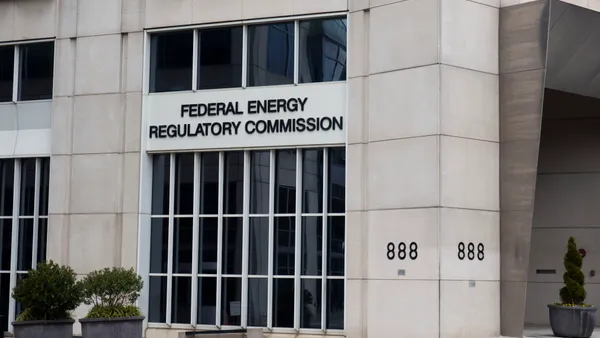Dive Brief:
- Microgrids are essential to the United States' energy security and can help guard against physical and cyber threats to the utility grid, a former federal regulator said.
- Former FERC Chairman Jon Wellinghoff said adding diversity to the grid is the best way to ensure loss of a single node, whether by accident or by attack, does not lead to a cascading blackout.
- The grid's potential vulnerability has become apparent in recent years, including a 2013 sniper attack on the PG&E Metcalf substation that caused millions in damages but did not lead to any blackouts, and a more recent squirrel attack on the grid in Providence, Rhode Island.
Dive Insight:
Last year a gunman took out 17 PG&E transformers in an attack that remains unsolved and, though it led to no blackouts, helped to illuminate the vulnerability of the nation's utility system. According to former FERC Chairman Jon Wellinghoff, “the way to combat it is to diversify our system [with] microgrids so if they take down one node, it’s not going to cascade."
Speaking at a GreenBiz event in San Francisco, he also noted that a squirrel had recently led to recent outages in Rhode Island. “From everything I have seen, our grid is really in miserable condition from the standpoint of physical security overall,” Wellinghoff said.
GreenBiz reports that Wellinghoff spoke alongside retired U.S. Marine Colonel Mark Mykelby who said it is not just intentional attacks which must be avoided, but that building out the grid in the traditional manner no longer works. "We have got to have the capacity to take that gut punch,” Mykelby said, adding, “You can have bigger walls … but the bottom line is, it’s not going to work. That’s why we don’t have castles anymore."













